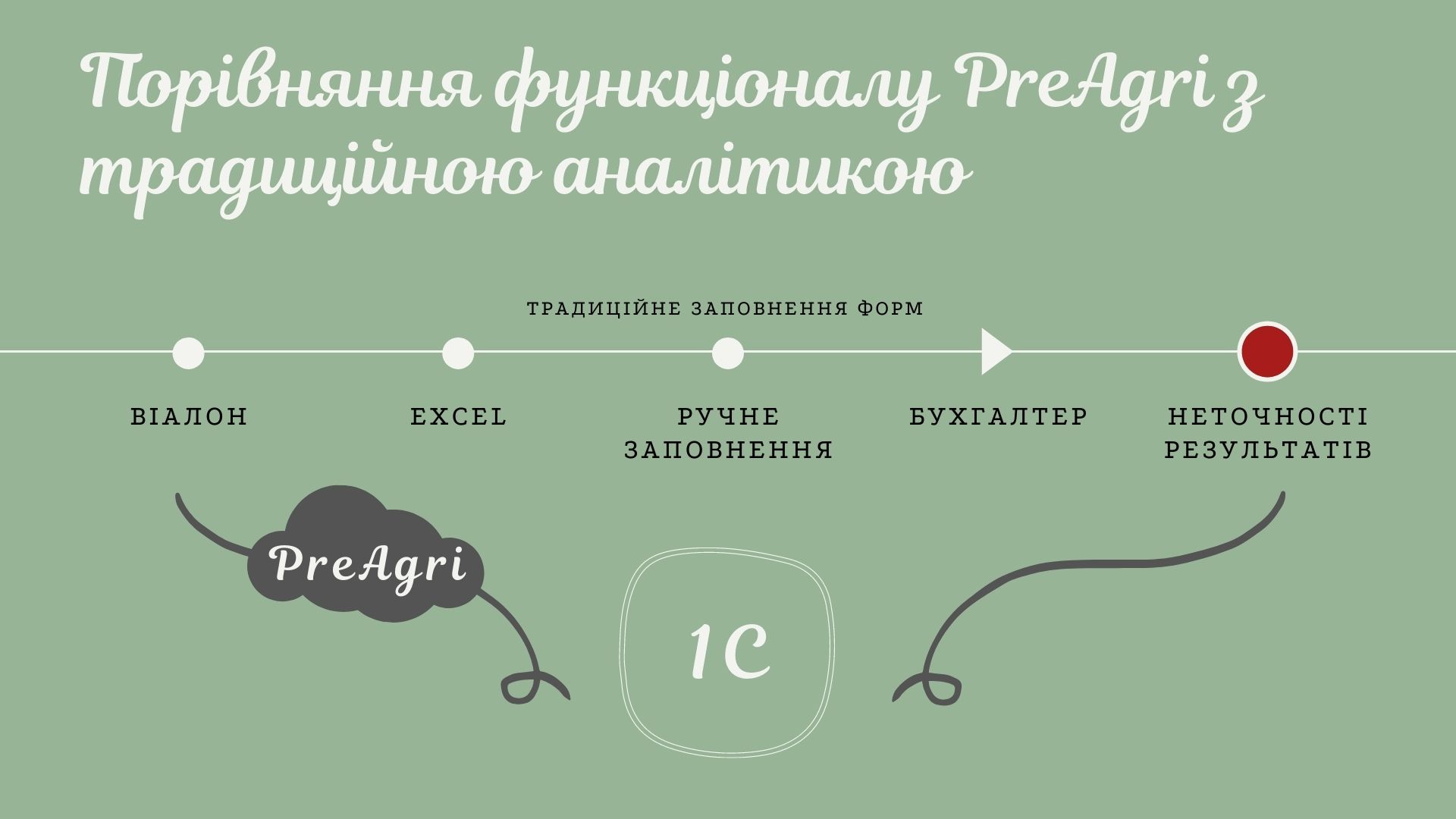What challenges does the agricultural sector face in 2021?
Agriculture has long been the main way of feeding humanity. After 12 thousand years since the emergence of this type of industry, land cultivation has reached a new level and began to bring more returns. The tillage industry was able to achieve this result by applying the right resource management techniques and developing more productive technologies, but as we know, there is no limit to perfection. Moreover, new challenges are emerging in the development of the agricultural business.
Among the challenges facing agriculture, global warming plays an important role. These processes provoke drought and land erosion, which creates obstacles for agriculture and companies related to this sector. In addition, the problem of warming is recognized globally, so many countries are working to reduce the negative effect to preserve the natural properties of the land.

Agricultural producers must always remember that when applying fertilizers, it is important to take into account that the soil plays a key role in the formation of the crop. For this reason, the amount of additional materials that are added to the soil must be strictly regulated. Given the current conditions, it is clear that the farming system itself needs to be gradually changed. The changing climate requires us to search for and apply new agricultural technologies to overcome the emerging obstacles.
In addition, the problems that hinder the development of agriculture are not yet fully understood. What is known is that the primary task of farmers is to discover new ways of cultivating land and managing resources that would yield greater returns. Some argue that only higher prices for agricultural goods will bring the desired result to shareholders. But the reality is that purchase prices for food are always lower than market prices. Therefore, farmers and agricultural organizations have to look for other ways to save their budgets.

The challenges facing agriculture are complex to implement, as they require optimization in both production and harvest control. Grain farming, like other types of subsistence production, has its own peculiarities. An average farm has a certain number of fields where different crops replace each other in a certain order. The challenge is to control the quality of the soil through agrochemical analysis and subsequent monitoring of crop growth.
Unfortunately, not all agricultural enterprises in Ukraine draw up maps of works and form a single land bank from them, which negatively affects the accuracy of the current data. The question arises: "Is it possible to remedy this situation?" Only by using new technologies is it possible to analyze the level of soil saturation with useful elements and use this information to draw up an accurate work plan. This way, the farmer will have control over the data from all the shares: where and how much fertilizer should be applied or which area should be left unseeded.

On farms, most of the analysis of work is still done manually, which has its disadvantages compared to machine calculations. In addition to the inaccuracy of manual labor, there is also the issue of economy. Without automatic calculations, the traditional approach to filling out forms requires more effort, and most importantly, more time - the most important resource in the modern world. Agribusiness, like other businesses, has to be constantly reorganized. If company managers fail to keep up with the demands of the times, the entire business loses its competitiveness and begins to suffer losses. This is where the land problem comes in.
In addition, the growth of grain crops is based on seasonal work, which imposes its own limitations on future profits. After six months of work, the companies involved in the agricultural sector stop working in the fields (their main activity) until the next season. At this time, the company can only calculate the effectiveness of its own activities and look for new ways to increase revenue. Farming also periodically suffers losses due to the variability of weather conditions. Unfortunately, not every year can boast of a record harvest, so agricultural enterprises are forced to improve their business structure and methods of producing raw materials.

We can see that the agricultural dilemma is not limited to the problem of sales - it goes much deeper than that. Selling grain products to the market is one of the most important stages in agribusiness, but more profit can only be made if the way in which products are produced is improved. New competitive farming starts with production. And if the company rationalizes its work, the sales organization also improves, gradually adjusting to the growing scale of production. In the case of inefficient distribution of finished products, the investigation of such causes should begin with the company's internal failures.
We can see that the agricultural dilemma is not limited to the problem of sales - it goes much deeper than that. Selling grain products to the market is one of the most important stages in agribusiness, but more profit can only be made if the way we produce the products is improved. New competitive agriculture starts with production. And if the company rationalizes its work, the sales organization also improves, gradually adjusting to the growing scale of production. In the case of inefficient distribution of finished products, the investigation of such causes should begin with the company's internal failures.
The entities involved in farming also have their own peculiarities. It can be a small farm with a few hundred hectares of land, or an enterprise with a large number of shares, or even a large-scale agricultural holding - all of them need to manage their own resources clearly. And the larger the organizational structure, the more decentralized the management, which can lead to some difficulties. Loss of control over the situation can be one of the biggest failures of a company, so modern enterprises resort to management technology. In this way, agriculture is turning into a new industry that no longer depends on the human factor and can give more returns.

It is impossible to transform all stages of field work management in one day, but by investing in the company's development now, the organization will be able to bring in more profit in a short period of time. Having implemented innovations once, the company will stop constantly spending the budget on manual calculation of the work performed, which will significantly reduce costs. Moreover, the updated structure will be more competitive than its peers. As a result, the agricultural enterprise will gain an advantage over its opponents and increase its overall profit, gaining a winning position in the market.
The PreAgri service can offer a profitable solution for digital farming. This program helps to effectively use precision farming systems and at the same time simplifies the process of managing all tasks. PreAgri identifies the best locations for sampling and processes the results of agrochemical analysis, soil density, and electrical conductivity. Based on this data, SHP task maps are generated for field equipment, which greatly simplifies their work.
Thus, the user receives telematics and precision farming in one solution. Monitoring of the movement of equipment and specially customized notifications make the management of all objects in the enterprise easier and more interactive. And the automatic generation of agricultural reports on the company's equipment and land fund minimizes the use of manual labor, which has a positive impact on the accuracy of the final results.

PreAgri also solves the following problems of agricultural producers:
- generates work maps, downloading data on the work performed for better visual study;
- accumulates a land bank with the ability to add and adjust field contours;
- plans and processes agrochemical analysis indicators, displaying previously collected data on a map;
- controls remote sensing, allowing you to track the vegetative activity of crops based on space and aerial images;
- tracks telematics objects using trackers connected to the equipment to monitor movements;
- creates maps of differential application of seed and fertilizers.
Another key reason for implementing PreAgri in your own business is the cost savings factor. Precision farming systems allow you to manage the application of seeds, herbicides, as well as control the consumption of fuel and labor, which ultimately reduces the cost of these resources. PreAgri gives you the ability to apply fertilizers and other materials in the right amount and where you need them! And most importantly, compared to substitute products, it does so accurately, precisely and with the possibility of personalized settings.
To summarize, precision farming systems allow you to save on the amount of materials, lead time, and resources involved. Such digital solutions can make farming tasks easier and make your business more technologically advanced and profitable right now.
PreAgri - https://preagri.com/
